Inov-8 Terraultra G 270
Test Location: Logan, Utah
Test Duration: 60 miles
Stated Stack Height: 12 mm (heel) / 12 mm (forefoot)
Stated Heel-to-Toe Drop: 0 mm
Stated Features:
- New POWERFLOW MAX foam provides plush cushioning that retains its thickness and performance for twice as long.
- Graphene-Grip outsole rubber gives insane sticky grip and durability all in one rubber. No compromise.
- Re-positioned 4 mm-deep lugs provide better grip on hard, wet trails.
- Fine-tuned flex grooves in the forefoot improve agility.
- Wide, high-volume fit for long-distance comfort
- 6 mm Boomerang insole provides extra cushioning and rebound
Reviewer: 6’1″, 145 lbs / 185 cm, 66 kg
Size Tested: US Men’s 11.5
Stated Weight per Shoe (US Men’s Size 9): 270 g / 9.5 oz
Blister Measured Weight (US Men’s 11.5):
- Shoes + Laces: 266 g (left) & 265 g (right)
- Insoles: 35 g (left) & 36 g (right)
- Total: 301 g (left) & 301 g (right)
MSRP: $160
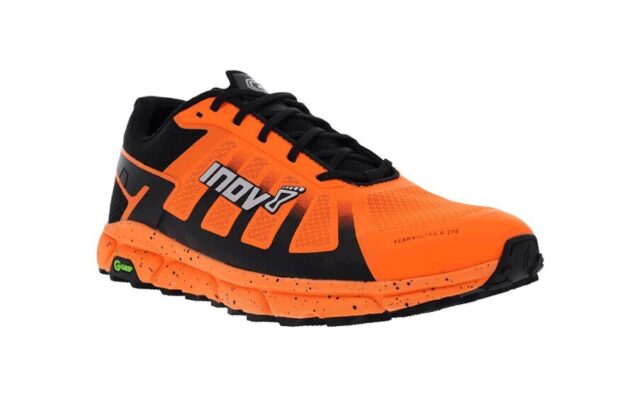
Intro
With the exception of shoes from brands like Altra or Topo Athletic, cushioned zero-drop trail shoes are pretty hard to come by these days. Most brands have shied away from the extremely low-drop, minimal shoes that dominated the market in the mid-2010s. But Inov-8 has continued to, well, innovate in the world of low stack-height, low-drop trail shoes — and they’ve come up with some pretty intriguing products along the way.
Inov-8 started off making minimal, precise, grippy shoes for Fell Running in the UK — which usually involves lots of steep hills, lots of technical (and often off-trail) terrain, and lots of mud. But their lineup has since expanded to include a wide variety of road and trail shoes for all kinds of uses — including long-distance trail running on varied terrain. The Terraultra G 270 is Inov-8’s most recent entrant to the world of long-distance-oriented trail shoes, and I’ve been wanting to try it out ever since it was released.
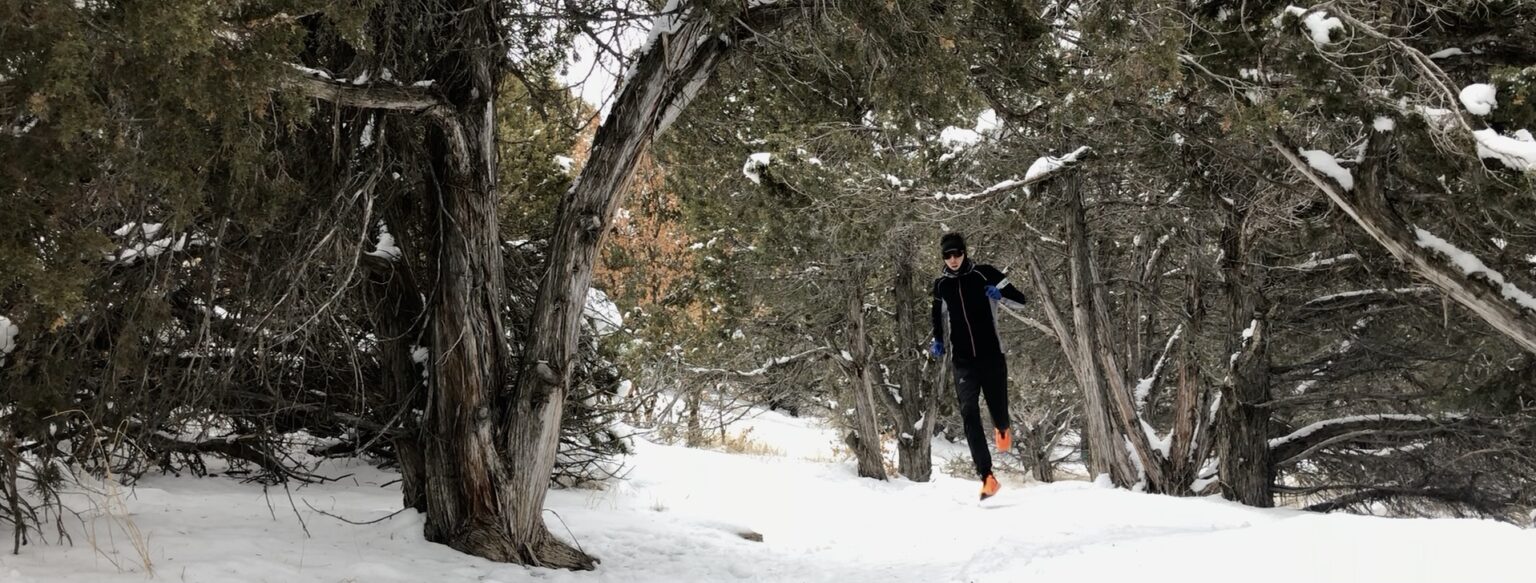
The Terraultra G 270 is built on a wide, moderately cushioned, zero-drop platform. I’ve gotten along well with moderately cushioned, 0-4mm drop shoes from other brands, so the Terraultra seemed like it could be right up my alley. So how does the Terraultra G 270 compare to long-distance specific shoes from other brands? I’ve put about 60 miles on the Terraultra G 270 over the last few weeks, and so far, I think it’s a pretty compelling option for a wide variety of uses — read on to find out why.
Inov-8 Terraultra G 270 vs Terraultra G 260
Before we get too far into things, it’s worth noting that the Terraultra G 270 is technically an updated version of the Terraultra G 260. I didn’t get a chance to run in the Terraultra G 260, but I can provide a quick rundown of what’s the same and what’s new in the Terraultra G 270.
The Terraultra G 270 is built on the same wide, high-volume, zero-drop last as the first version of the shoe. However, the Terraultra G 270 has 3 mm more cushioning than its predecessor (12 mm for the Terraultra G 270 vs. 9 mm for the 260). It also uses Inov-8’s new POWERFLOW MAX midsole, which supposedly provides better energy return and lasts longer.
Inov-8 also rearranged the Terraultra G 270’s outsole lugs to improve traction. Like the Terraultra G 260, the Terraultra G 270 uses Inov-8’s “Graphene-Grip” outsole compound, which is allegedly much more durable and grippy than traditional rubber compounds (more on that later).
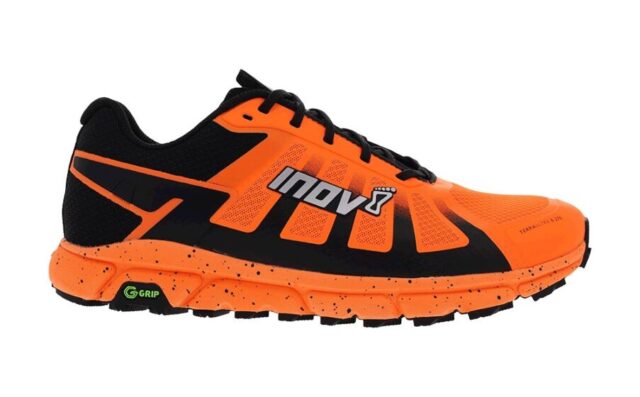
Zero Drop
It’s worth reiterating that the Terraultra G 270 is a zero-drop shoe, which just means that the midsole is the same thickness in the heel and the forefoot. As with all zero-drop shoes, it’s important to transition into the Terraultra G 270 slowly if you’re used to running in shoes with a higher heel-to-toe offset. Jumping right into a zero-drop shoe without enough of a transition period is a quick way to get injured.
Fit
Ok, now on to the good stuff. We always recommend trying shoes on in person before you buy them, and that holds true for the Terraultra G 270. I’ll provide some general context on how the shoe fits my feet, but the only way to know for sure if it’ll work for your particular foot shape and preferences is to try it on. For reference, I have fairly narrow, low-volume feet with low arches.
When I put on the Terraultra G 270 for the first time, I was actually a little concerned that it would be a bit too high-volume — especially in the midfoot. Before I tightened the laces, the shoe looked and felt surprisingly wide. Fortunately, my fears were quickly dispelled once I laced up the shoes and started running. The midfoot locked down nicely, and the Terraultra G 270 has never felt even remotely sloppy — even for my narrow / low-volume feet. Even so, the reasonably wide toe box provides plenty of space for my toes to splay without getting smashed up against the edges of the shoe.
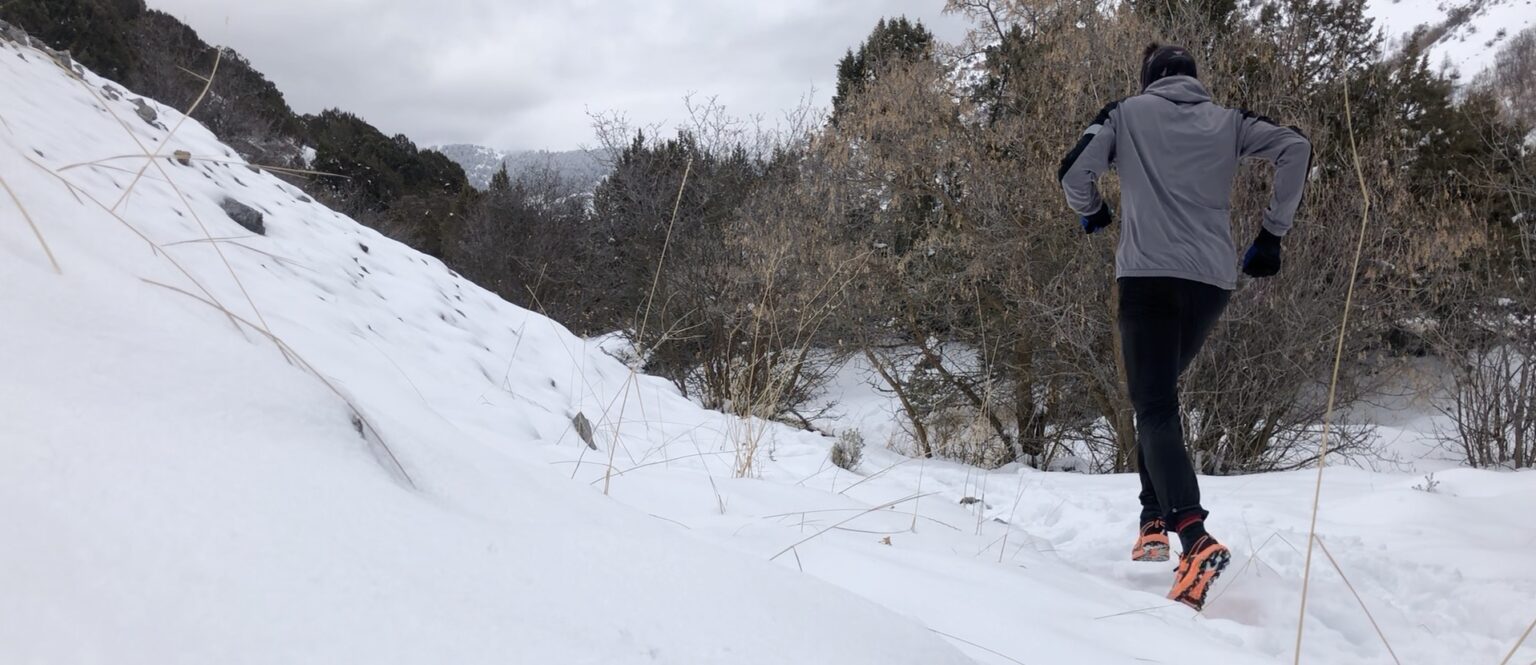
That’s all well and good, but I usually worry that most shoes that fit my feet securely would be too narrow / low-volume for runners with wider feet. But based on how wide the Terraultra G 270’s midfoot felt before I tightened up the laces, I think the shoe should be able to accommodate a fairly wide range of foot shapes.
The Terraultra G 270 still isn’t as wide / high-volume as a shoe like the Altra Lone Peak 4.5 (especially in the toebox). However, the Terraultra G 270 does have a much more accommodating fit than shoes like the Nike Terra Kiger 5 or Salomon Sense 4 /Pro. The Terraultra G 270 feels almost as soft and comfortable as the Altra Superior 4.5 or Saucony Switchback 2, but it also feels way more locked-down. Overall, I’d describe the Terraultra G 270’s fit as comfortable but secure — which is pretty much exactly what I want in a long-distance trail shoe.
I haven’t had any issues with blisters or hot spots in the Terraultra G 270 so far, but I did have a hard time dialing in the top of the lacing system a bit on my first few runs. The top of the Terraultra G 270’s tongue is fairly thin, so when I tightened up the laces, the uppermost part of the lacing system cut into the tops of my feet a bit. That definitely caused some discomfort on my first few runs in the shoe, so I just stopped using the last two eyelets — which immediately got rid of any discomfort without impacting the fit.
Weight
The Terraultra G 270 reportedly comes in at 270 g / 9.5 oz for a US Men’s size 9, which is on par with similar shoes from different brands. For a more direct comparison, here’s how the Terraultra G 270’s stated weight compares to other moderately cushioned, low-drop shoes from other brands (all stated weights are based on a US Men’s size 9):
238 g / 8.4 oz — Altra Superior 4.5
252 g / 8.9 oz — Topo Athletic Runventure 3
258 g / 9.1 oz — Hoka One One Torrent 2
258 g / 9.1 oz — Saucony Switchback 2
261 g / 9.2 oz — ON Cloudventure Peak
264 g / 9.3 oz — Nike Zoom Terra Kiger 6
270 g / 9.5 oz — Inov-8 Terraultra G 270
283 g / 10.0 oz — Salomon S/Lab Ultra 3
301 g / 10.6 oz — Altra Lone Peak 4.5
So while the Terraultra G 270 isn’t the lightest shoe on this list, it isn’t too far off. More importantly, it feels much lighter and more nimble than most of the other shoes on the list when I’m actually out on the trails. I mostly attribute that to the Terraultra G 270’s excellent fit and flexible but energetic midsole (which I’ll get into in more detail later). But the net result is a shoe that feels plenty light for speed workouts or races, even if it isn’t the lightest shoe in its category on paper.
Upper
The Terraultra G 270 has a fairly thin, lightweight mesh upper with Kevlar-reinforced overlays across the midfoot and around the heel. It’s also got a rigid toe bumper to keep your toes protected from rocks and such. As I mentioned in the “Fit” section, the tongue is fairly thin, especially near the top of the laces.
So far, the Terraultra G 270’s upper has done its job well, with the exception of the tongue / lacing issue that I touched on earlier. The materials Inov-8 used are breathable and comfortable, and the midfoot overlays do a good job of locking down the fit when I tighten the laces. I do think the Terraultra G 270 would be even more comfortable if the tongue was a little bit thicker and a little bit longer, but that’s a pretty minor complaint in the grand scheme of things.
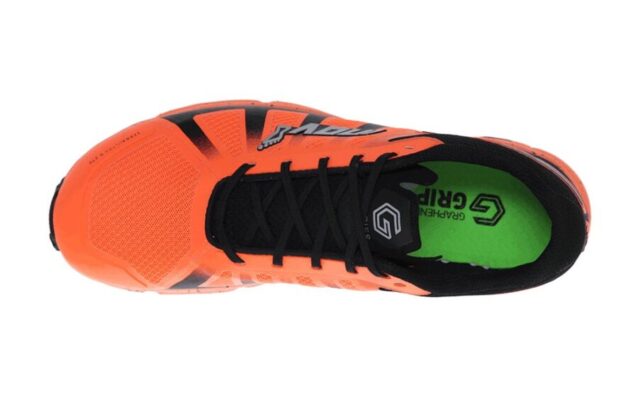
Midsole
While 12 mm might not sound like a whole lot of cushioning, the Terraultra G 270 feels surprisingly plush underfoot. I attribute that to two things: the “POWERFLOW MAX” midsole foam, and the unique Boomerang insole.
First off, Inov-8’s POWERFLOW MAX midsole foam definitely seems to provide the “cushioned ride with snappy bounce” that Inov-8 advertises on their website. The Terraultra G 270’s midsole feels soft and flexible but extremely energetic out on the trails — it feels similar to the CMEVA midsole foam on the Hoka One One Evo Speedgoat. With that said, the Terraultra G 270’s 12 mm stack height definitely doesn’t provide as much cushion / protection as the Evo Speedgoat and its much thicker midsole. The Terraultra G 270 has much better ground-feel, which I actually really like — I think it makes the shoe feel much more nimble — but if you prefer a more cushioned / protective shoe, the Terraultra G 270 will likely feel a bit too minimal.
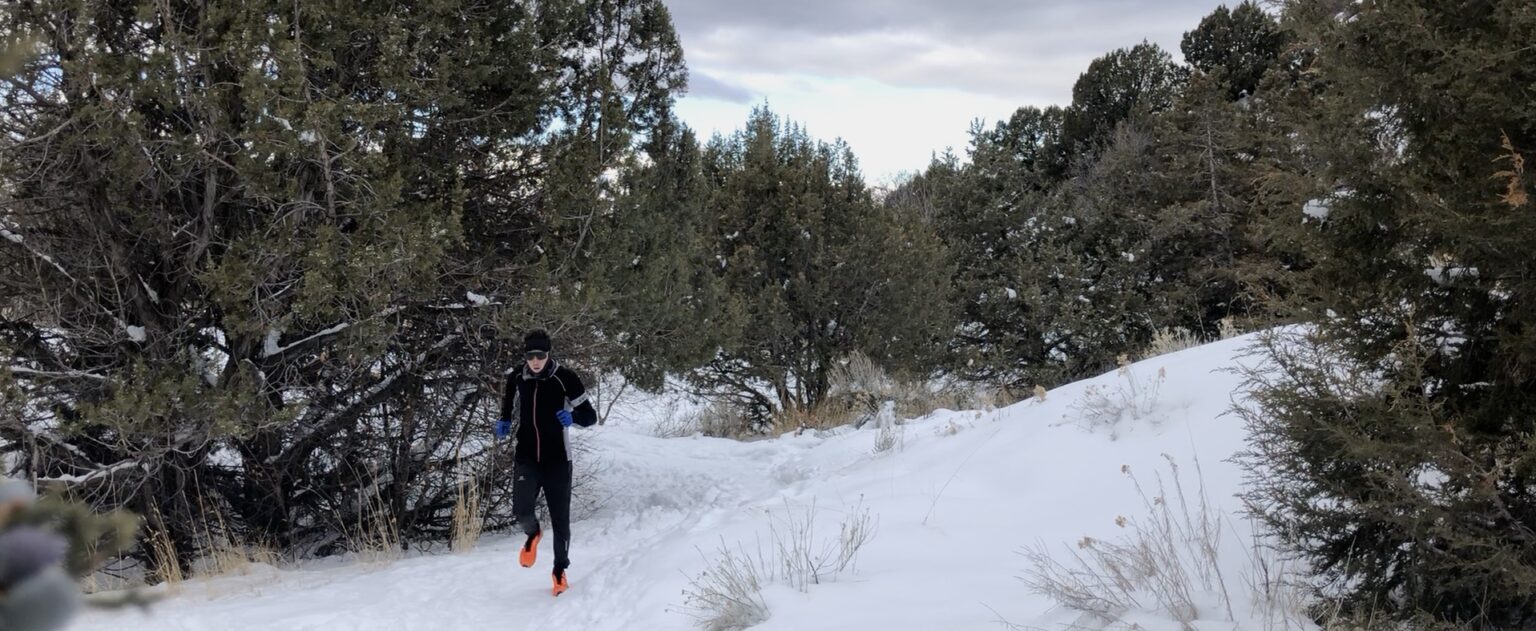
In addition to the regular midsole foam, the Terraultra G 270 has another (fairly different) layer of cushioning: the insole. Most shoe’s stock insoles are just thin pieces of foam that really don’t do much, but the Terraultra G 270’s Boomerang insoles are a different story. They’re about 6 mm thick, and they’re made with the same TPU-bead-based material as Adidas’ Boost foam or Saucony’s PWRRUN+ midsole. As a result, the Inov-8 insoles actually provide quite a bit of extra cushioning and energy return. I did a side-by-side test with a Boomerang insole in one shoe and a generic foam insole in the other shoe, and the shoe with the Boomerang insole felt noticeably more cushioned and springy. (As a side note, you can also just buy a pair of Boomerang insoles to add extra cushioning / energy return to any pair of shoes — which I think is a pretty cool idea.)
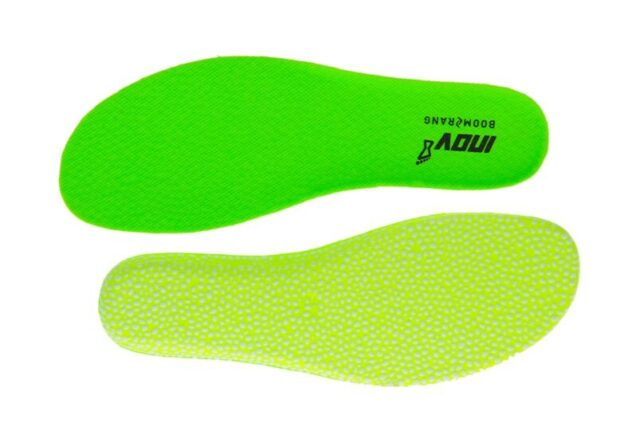
I always think it’s awesome when brands figure out creative ways to make their shoes way better by tweaking fairly basic components that most of us don’t think twice about — and Inov-8’s Boomerang insole is a great example of just that. The only potential downside is that if you usually run with Superfeet or some other more supportive insole, you will lose a little bit of the Terraultra G 270’s springy / energetic feel when you take out the Boomerang insoles.
With that said, I still think the shoes feel pretty great without the extra cushioning from the Boomerang insoles, so I certainly wouldn’t write them off completely if you do usually use a different insole.
Outsole
I’ve always associated Inov-8’s shoes with extremely burly, grippy outsoles — probably because of the brand’s Fell Running roots. The Terraultra G 270’s outsole isn’t nearly as aggressive as many of Inov-8’s other shoes, but it does follow the brand’s tradition of bomber traction. It also uses the brand’s proprietary “Graphene-Grip” outsole rubber, which is supposedly much more sticky and durable than standard outsole compounds.
Graphene is among the world’s strongest materials, and it’s been showing up in all kinds of outdoor gear over the last few years. Inov-8 had the bright idea of adding it to a sticky rubber outsole compound, and the result is allegedly 50% more durable than a standard rubber outsole. So far, that certainly seems to be the case — the Terraultra G 270’s outsole has no signs of wear after 60 miles, but it feels impressively sticky and grippy on everything from dry gravel to wet rock.
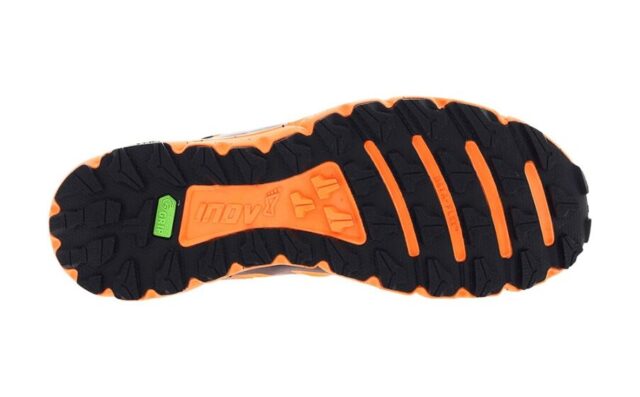
The Terraultra G 270’s 4mm-deep chevron lugs also provide solid traction on looser terrain. Like most “all-terrain” trail shoes, the Terraultra G 270 doesn’t provide much grip in particularly deep mud or snow, but I’ve been very happy with its outsole in pretty much every other setting. I think the Graphene-Grip outsole feels fairly similar to Vibram’s MegaGrip compound — it’s extremely grippy, but doesn’t seem to be wearing down nearly as fast as a traditional sticky rubber compound like the one used on the Nike Terra Kiger 5. Obviously, I’ll have to put more miles on the Terraultra G 270 before I can be sure, but so far I certainly think that Inov-8’s claim that it provides “The world’s toughest grip” is pretty accurate.
On Trail
I’ve used the Terraultra G 270 for all kinds of running, from short interval workouts on a track to 3-hour long runs on snowy trails. In theory, the Terraultra G 270 is designed for longer, slower-paced runs, but so far I’ve been very impressed by its versatility. It’s one of the few shoes I’ve run in that feels light, fast, and energetic enough for short, speed-oriented workouts but still cushioned and comfortable enough for longer runs.
On shorter / faster runs, the Terraultra G 270 feels just as energetic and snappy as shoes like the Nike Terra Kiger 5 or Salomon Sense 4 /Pro — if not even more so. The POWERFLOW MAX midsole and Boomerang insole give the shoe a uniquely springy, efficient ride. Again, the ride kind of reminds me of the Hoka One One Evo Speedgoat — only much lighter, more flexible, and more nimble. But unlike the Terra Kiger or Sense 4/Pro, which have fairly firm / rigid midsoles, the Terraultra G 270’s cushioning is soft enough that it doesn’t totally beat up my feet and calves on longer (2-3 hour) runs.
The Terraultra G 270’s fit is similarly versatile. The midfoot and heel are plenty secure on my feet for technical, off-camber terrain, but the toe box is wide enough to avoid any toe-smashing on longer runs. I was a little hesitant to wear the Terraultra G 270 on longer runs initially because of the lacing issues I mentioned earlier, but once I switched up the lacing pattern a bit, the Terraultra G 270 stayed comfortable even after 3 hours of running.
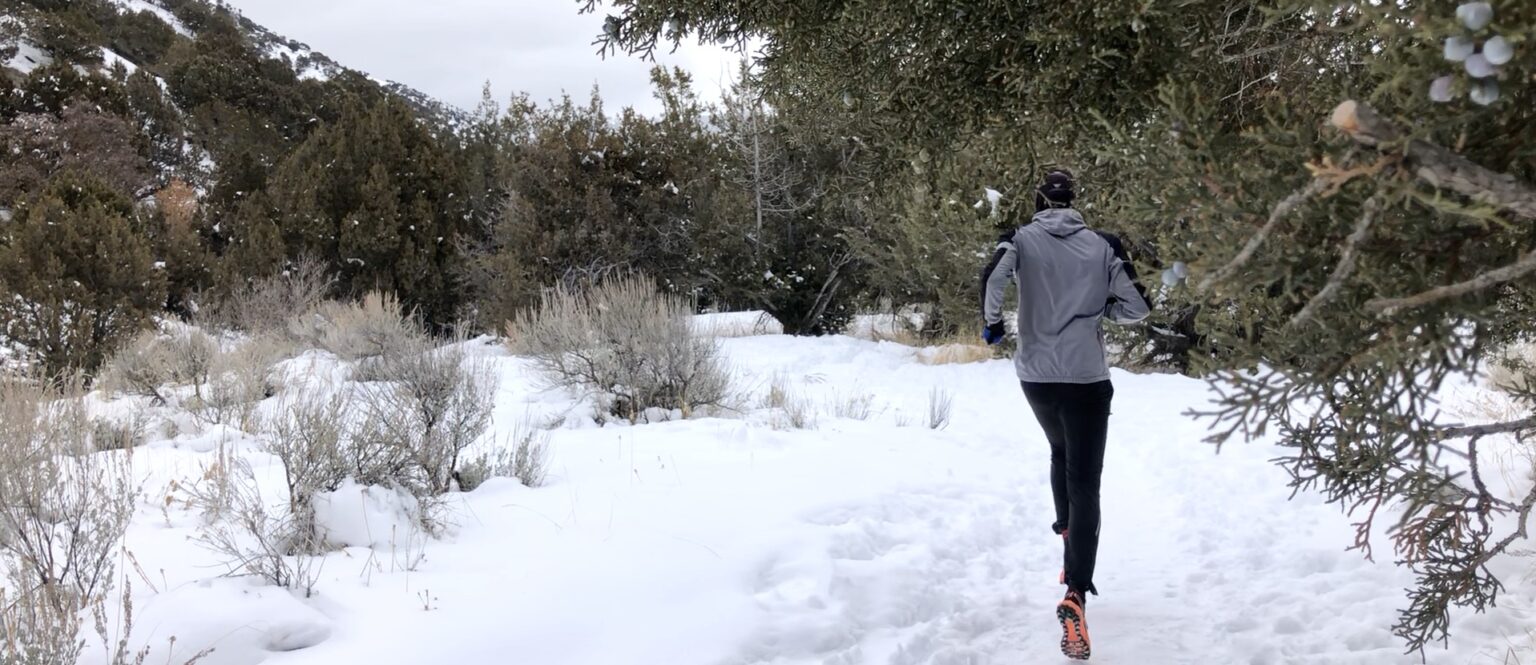
On top of that, the Terraultra G 270’s outsole performs very well on everything from pavement to technical, rocky trail. The lugs are low-profile enough that they don’t feel overly grabby on pavement. At the same time, the sticky Graphene-Grip rubber compound provides excellent traction on technical terrain, and even performs pretty well on hard-packed snow.
I think the only factor that might limit the Terraultra G 270’s versatility for some runners is its zero-drop platform. I’ve really enjoyed running in other zero-drop shoes (e.g., the Altra Timp 2.0), so I wasn’t concerned about the transition to the Terraultra G 270. Still, I have noticed that my calves and Achilles’s tendons tend to be a little more sore than usual after long runs in the Terraultra G 270 — even though my usual go-to shoes have heel-to-toe drops in the 4 mm – 6 mm range. I think the Terraultra G 270 would be an attractive option for an even wider range of runners if it had, say, a 4 mm drop, especially for longer runs. With that said, if you do usually run in zero-drop shoes, I doubt the Terraultra G 270 will cause any problems.
Durability
Durability is supposedly one of the Terraultra G 270’s major selling points, so I’m very interested to see how it holds up in the long … run. After 60 miles of use, everything looks pretty much the same as it did on day one — the midsole hasn’t lost any of its rebound, the upper doesn’t show any signs of fraying, and the outsole doesn’t seem to have worn down at all.
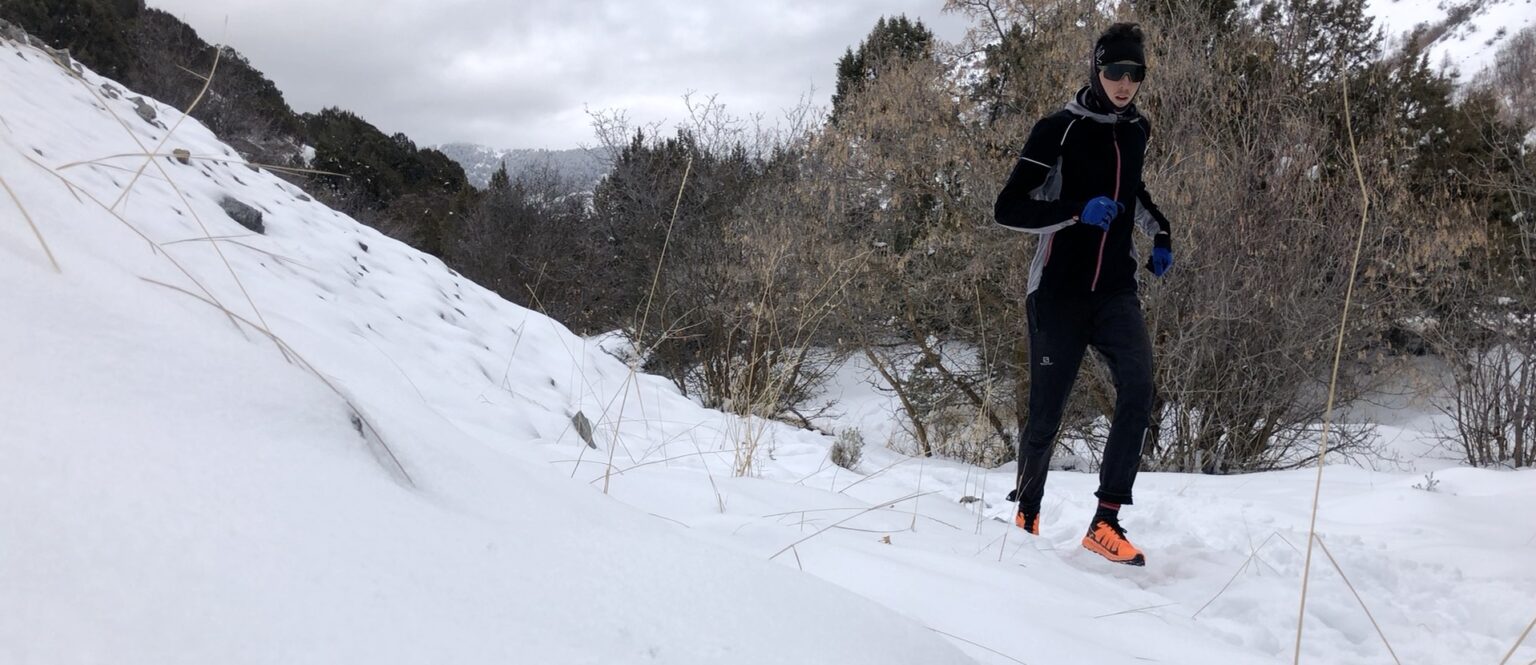
I fully expect the Terraultra G 270 to last 400-500 miles, but I’ll be back with a long-term durability update once I’ve had the chance to spend some more time in the shoe.
Who’s It For?
I think the Terraultra G 270 is an excellent option for any runner who’s looking for an extremely versatile, moderately cushioned, zero-drop trail shoe. In my opinion, the Terraultra G 270 is way more versatile than a shoe like the Altra Superior 4.5 — the Terraultra G 270 can handle speed workouts, long runs, and everything in-between. The Terraultra G 270 feels smooth and fast on mellow terrain, but still feels locked-down and secure when the going gets technical. It’s one of the few shoes I’ve run in that truly works well for just about every kind of running I do. When paired with its apparently excellent durability, the Terraultra G 270’s versatility makes it much easier to stomach the shoe’s $160 price tag.
The Terraultra G 270 will definitely take a bit of getting used to if you don’t usually run in zero-drop shoes. But after the initial adjustment period, I think many runners will find that it’s a pretty awesome shoe for all kinds of running over all kinds of terrain.
Bottom Line
The Inov-8 Terraultra G 270 has quite a few awards to its name so far — and after my first 60 miles in the shoe, I can certainly understand why. I’m used to having different pairs of shoes for different types of runs — I might do my speed workouts in something like the minimal Salomon S/Lab Sense 8, then switch to the more cushioned Altra Timp 2.0 for my weekend long run. The Terraultra G 270 is one of the only shoes that I consistently reach for on both interval days and long run days, whatever the terrain. If you like low-drop, moderately cushioned shoes, I think you’ll be hard-pressed to find a shoe that performs as well as the Terraultra G 270 across such a wide range of speeds and terrain, provided that it fits your feet.



Hello,
Thanks for the great review.
I am a size 9 in Hoka gaviotta, and 8.5 in salomon wildcross. What size would you recommend for this shoe?
Thanks!
Hey Elan—
I’d probably stick with a 9, the Terraultra felt a hair shorter than most of my Hokas in my usual size.
Thanks for reading!
Excellent Review! I will add that I have had several pairs of these and I love the stability, cushioning and comfort. However, the outsole wears very quickly for me. 200 miles is about the limit before I lose the lugs and start wearing through to the midsole. For me, the graphene outsole is nicely grippy, but not very durable.
Hello! How many cm is the insole in your size US11.5?
I 100% agree with your assessment of the uppers being too thin and digging into the top of the foot/ankle area. For me my left ankle was reconstructed after an accident so I really feel it digging under the bulge of my ankle bone when tying all the way with the last eyelet. I didn’t think to try not using the last eyelet until reading your article but I just tried it and it really helped and in other regards the fit is still fine with no heel lift detected or sloppy fit. Thats one thing about these shoes is the fit feels like an extension of your body, very secure with excellent ground feel. I just wish there was a slightly lower cut to the side walls around the ankle but I’m probably a special case because my ankle has metal plates and screws in it, meaning it isn’t exactly shaped like a normal ankle anymore.
With that being said Altra shoes don’t dig in like this even though they are also going to the thin/tongue upper in some of their shoes, although, I think the grip and durability of the Inov-8 is superior to Altra so I guess it’s a compromise I have to be willing to make. We’ll see if the G270 break in some with more use.